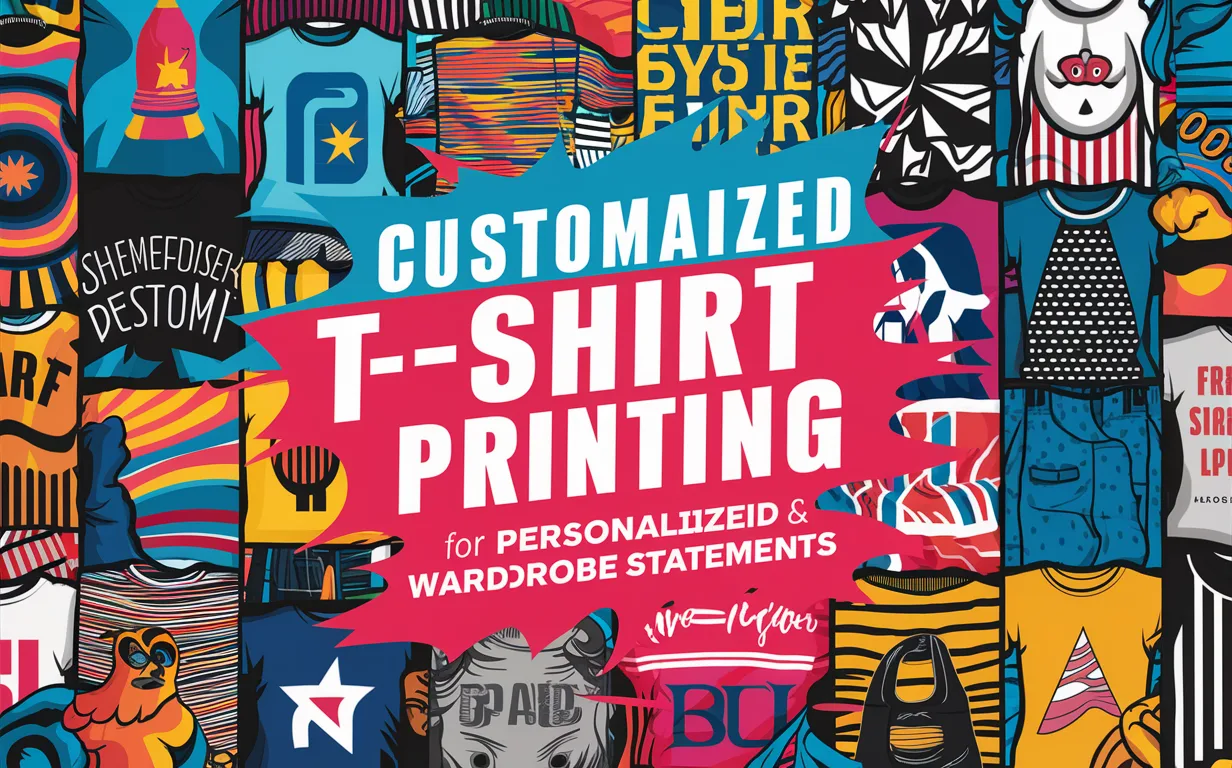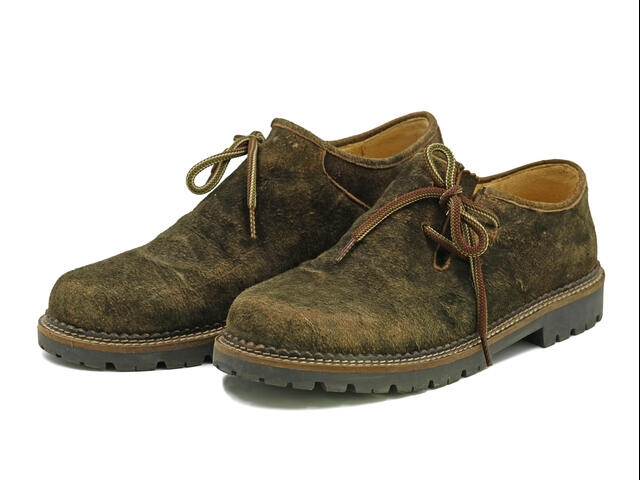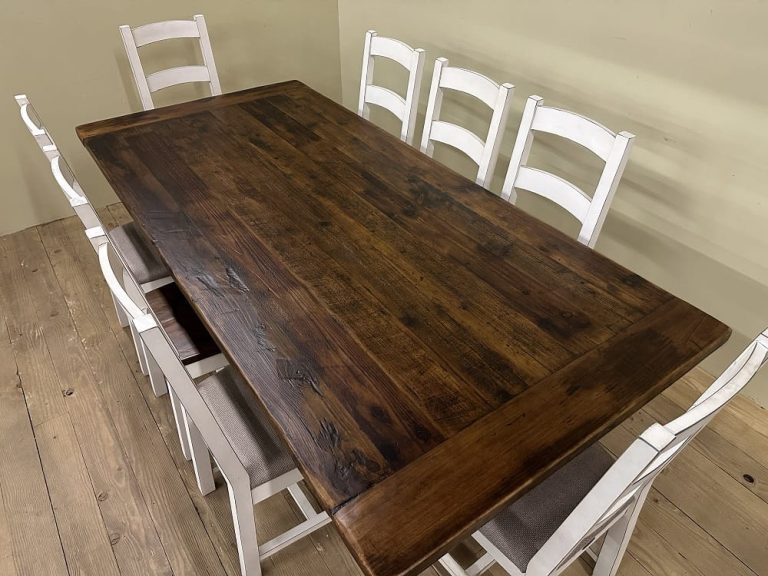A Comprehensive Guide to Customized T-Shirt Printing for Personalized Wardrobe Statements
In an era where personalization and self-expression reign supreme, customized t-shirt printing has emerged as a popular avenue for individuals to make unique wardrobe statements. Whether it’s showcasing a favorite design, promoting a cause, or commemorating a special event, custom t-shirts offer a canvas for creativity and individuality. In this comprehensive guide, we delve into the world of customized t-shirt printing, exploring different printing methods, design considerations, and tips for creating personalized wardrobe essentials.
Understanding Customized T-Shirt Printing
Customized t-shirt printing encompasses a range of techniques for transferring designs onto t-shirts, allowing individuals to create unique garments tailored to their preferences. From traditional screen printing to modern digital printing, each method offers distinct advantages in terms of cost, quality, and versatility.
Common Printing Methods:
- Screen Printing: Screen printing involves transferring ink through a mesh screen onto the t-shirt, creating vibrant and durable designs. It’s ideal for large quantities and simple designs with solid colors.
- Direct-to-Garment (DTG) Printing: DTG printing utilizes inkjet technology to print designs directly onto the fabric of the t-shirt. It offers high-resolution printing with intricate detail and is suitable for small batches and complex designs.
- Heat Transfer Printing: Heat transfer printing involves applying heat and pressure to transfer a design from a carrier paper onto the t-shirt. It’s versatile and cost-effective for small orders and multicolor designs.
- Sublimation Printing: Sublimation printing uses heat to transfer dye onto polyester fabric, resulting in vibrant and long-lasting designs. It’s best suited for white or light-colored polyester t-shirts.
Design Considerations
Creating a compelling design is essential for achieving a standout custom t-shirt that reflects your personality and style. Whether you’re designing a logo, artwork, or text-based graphic, consider the following factors to ensure your design resonates with your audience:
Design Elements:
- Color Scheme: Choose a color palette that complements the t-shirt color and enhances the visibility of the design. Experiment with contrasting or analogous colors to create visual impact.
- Typography: Select appropriate fonts that convey the tone and message of your design. Consider factors such as readability, style, and alignment to ensure the text is legible and aesthetically pleasing.
- Graphics and Illustrations: Incorporate eye-catching graphics or illustrations that enhance the overall appeal of the design. Pay attention to detail and composition to create a cohesive and visually appealing layout.
- Placement: Determine the optimal placement of the design on the t-shirt, taking into account factors such as size, symmetry, and visibility. Consider front, back, or sleeve placements for added versatility.

Tips for Creating Personalized T-Shirt Designs
Designing a custom t-shirt that resonates with your personal style and interests requires creativity and attention to detail. Whether you’re designing for yourself, a group, or a brand, consider the following tips to create standout personalized wardrobe statements:
Design Tips:
- Know Your Audience: Tailor your design to resonate with your target audience, whether it’s friends, family, customers, or fans. Consider their preferences, interests, and demographics when creating the design.
- Keep It Simple: Opt for clean and simple designs that are easy to read and visually appealing. Avoid cluttered layouts or excessive details that may detract from the overall impact of the design.
- Tell a Story: Infuse your design with meaning and personality by incorporating elements that tell a story or evoke emotion. Whether it’s a favorite quote, a memorable image, or a symbolic motif, make it meaningful to you and your audience.
- Consider T-Shirt Material: Choose a t-shirt material that complements the design and ensures optimal print quality. Cotton blends are ideal for most printing methods, while polyester is suitable for sublimation printing.
Printing Process and Execution
Once you’ve finalized your design, it’s time to bring it to life through the printing process. Whether you’re working with a professional printing company or DIYing it at home, follow these steps for successful execution:
Printing Process:
- Prepare Artwork: Ensure your design files are formatted correctly and meet the printing company’s specifications. Convert text to outlines and rasterize graphics to prevent font and image issues.
- Select Printing Method: Choose the most suitable printing method based on your design, budget, and quantity requirements. Consult with printing professionals to determine the best option for your project.
- Choose T-Shirt Style and Color: Select t-shirt styles, colors, and sizes that align with your design and audience preferences. Consider factors such as fabric quality, fit, and sustainability when making your selection.
- Review and Approve Proofs: Before proceeding with printing, review and approve digital proofs to ensure accuracy and quality. Make any necessary adjustments or corrections before finalizing the order.
- Monitor Printing Process: If printing in-house, closely monitor the printing process to ensure colors are accurately reproduced, and prints are aligned correctly. Adjust settings as needed to achieve optimal results.
Conclusion
Customized t-shirt printing offers endless possibilities for creating personalized wardrobe statements that reflect your individuality and style. Whether you’re designing for yourself, a group, or a business, the key to success lies in thoughtful design, quality printing, and attention to detail. By understanding different printing methods, considering design elements, and following best practices, you can create custom t-shirts that make a lasting impression and elevate your wardrobe to new heights of style and self-expression.






